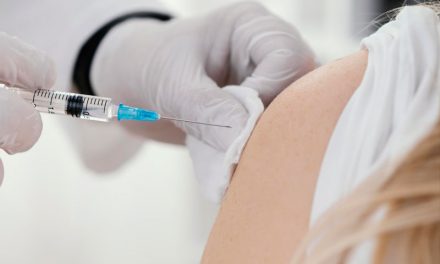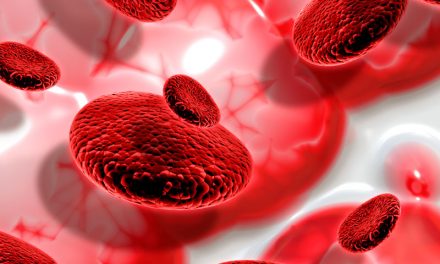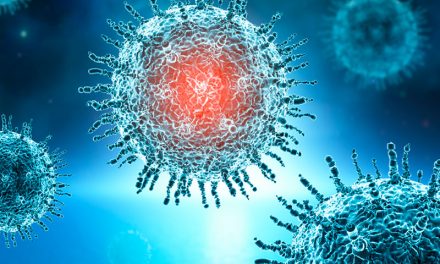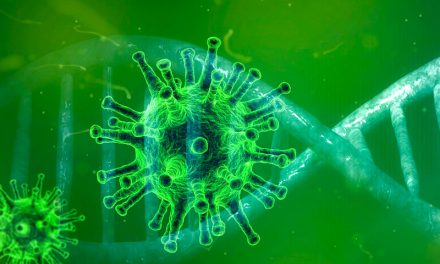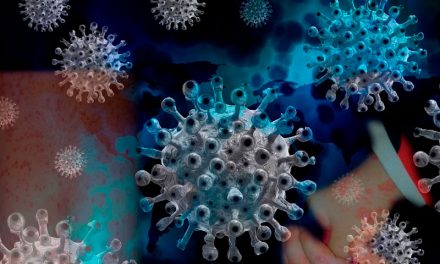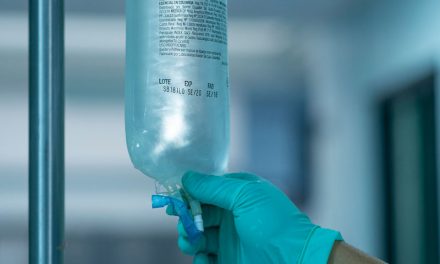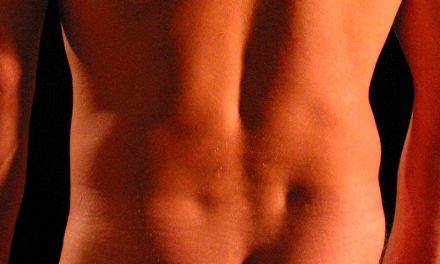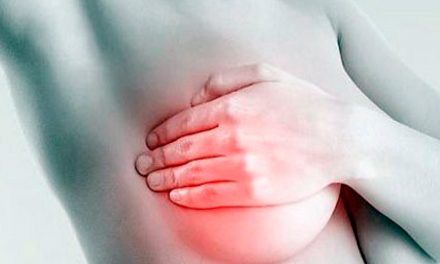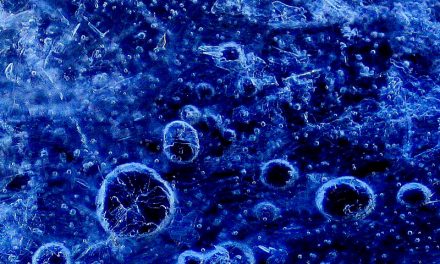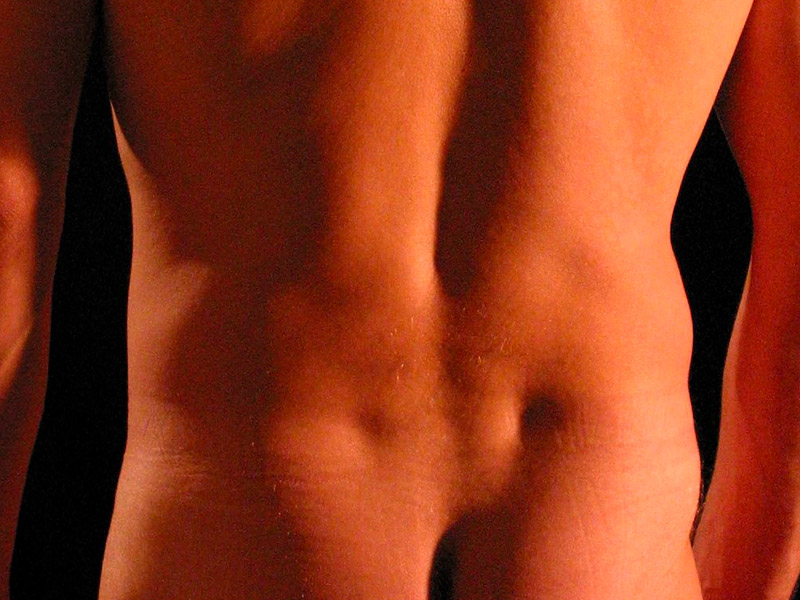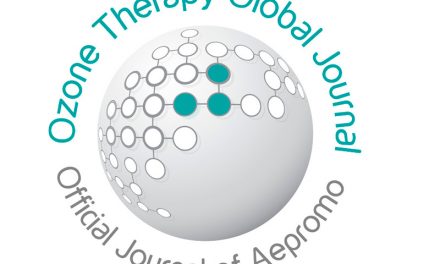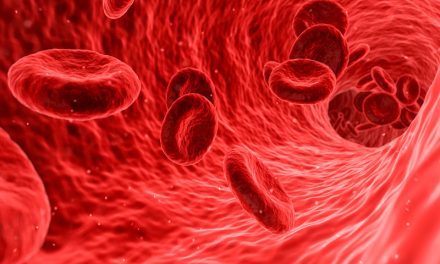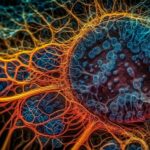Case report
Author
N.Alcázar
Abstract
The Coccigodinia is defined as a pain in the coccyx or surrounding area, constituting 1 % of the waist pain, of frequent resolution with the existing conventional therapies; in other cases, it is not achieved controlling the pain, being necessary the search of other sources of the pain and of the employment of new therapeutic alternatives.
Objective: to determine the analgesic efficacy of the association of Ozone (O3) and Pulsed Radiofrequency (RFP) in the rebellious Coccigodinia to treatment
Materials and method: the study included a patient, 55 years, with severe pain, 11 months of evolution, unknown etiology, with exclusion of common causes to this entity.
The analgesic efficacy, it was evaluated using like criteria, the Visual Analog Scale (EVA) taking of reference EVA> 8 of the initial consultation; the Percentage (%) of analgesic improvement in accordance with EVA and the grade of satisfaction of the patient in accordance with the suspension of medicines, of the comeback to daily activities and of the obtained analgesic effect. Controls was realized a month, 2, 3 and 6 months of realized the Skill.
A minimally invasive skill was used for the only joint application of O3+RFP, with guide fluoroscopically, using Ozone to Concentration = 10 µg/mL and volumes = 5, 8, and 15 mL, approach sacral nerves, ganglion of Whalter and caudal epidural space, respectively.
The RFP parameters to T=120 s, V= 45 vol, T= 42℃, I <400 Ω.
Results: Controls in the first month, 2, 3 and 6 of the Skill, demonstrated 50 % of improvement and satisfaction of the patient during the first month and of 60 % and 80 % from the second and third month respectively. A control in the sixth month, it was not able to demonstrate the presence of clinical manifestations of Coccigodinia, with 100 % of improvement and satisfaction of the patient.
Conclusions: the association Ozone + RFP, was effective in the control of the rebellious Coccydynia, constituting a new therapeutic alternative to be considered in these patients.
Previous studies do not exist on this matter, for what one is necessary future studies, with a major number of patients and intervals of pursuit
This post is also available in:  Español (Spanish)
Español (Spanish)




